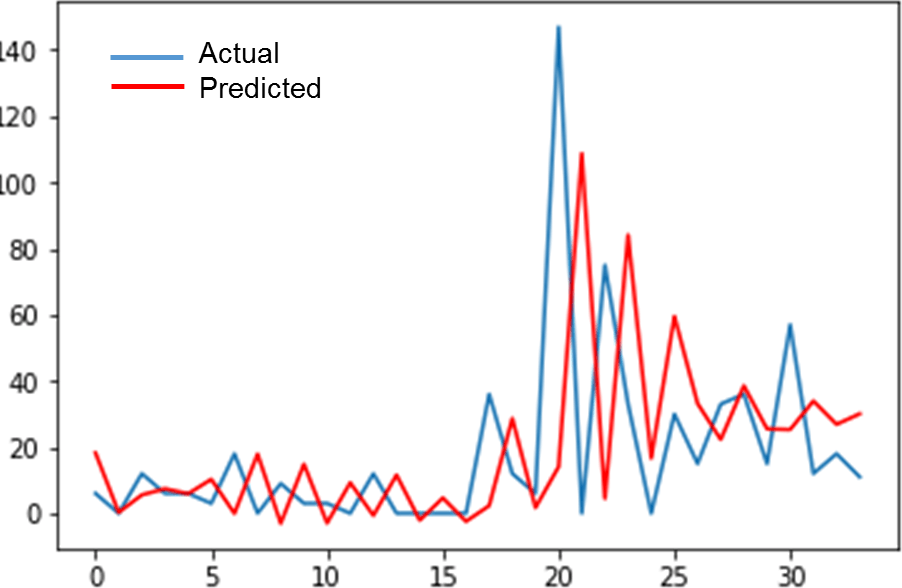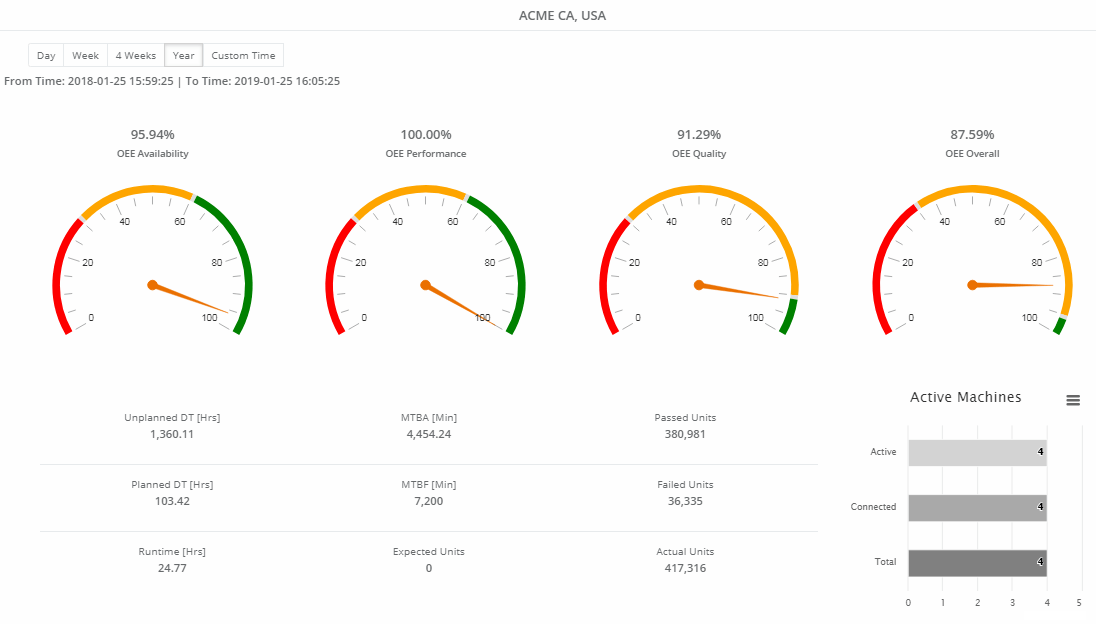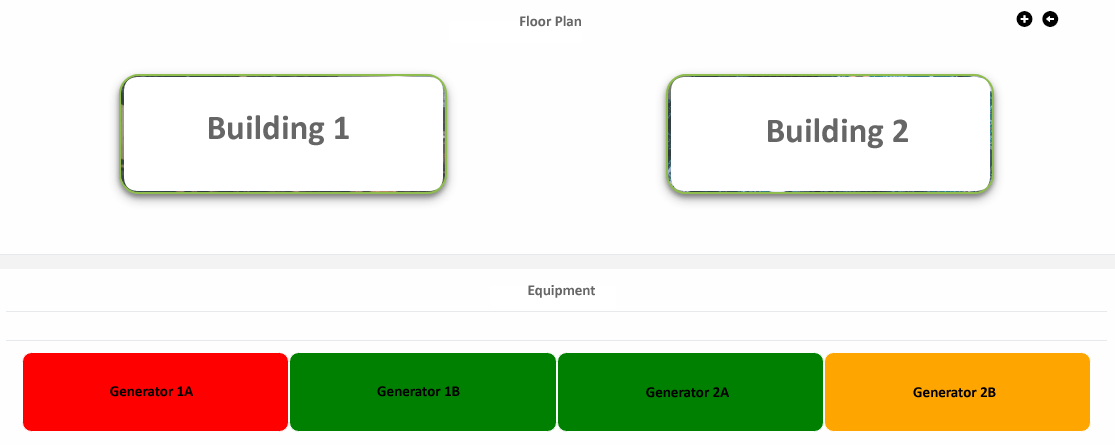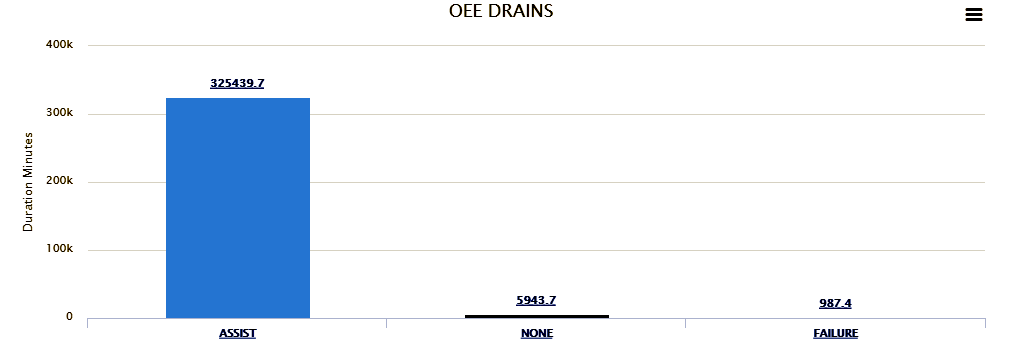Reducing OPEX and Increasing Customer Satisfaction for Industrial and Commercial Use Power Generators
With GEMBO PRECARE IIoT Platform for OEE and Predictive Maintenance
Abstract
Customers of industrial and commercial use power generators place high expectations on the quality, performance and availability of these systems. They expect them to perform reliably at a moment’s notice when needed, with little or no interruption. The same OEE (overall equipment effectiveness) and predictive maintenance principles used in the manufacturing industry apply to industrial and commercial use power generators. With the GEMBO Precare Platform, power generator OEMs and their service partners can achieve significant reductions in operational expenses and see significant increases in customer satisfaction.
Negative Impacts on OPEX and Customer Satisfaction
Industrial and commercial use power generators are complex systems, which are required to operate reliably without interruption and to be available whenever the need arises for backup power. Like with any complex system any number of things can go wrong and will go wrong, no matter the level of planning and preparation. The challenge is therefore to minimize the financial, operational and psychological cost of any malfunction or suboptimal functioning of the system. The following equipment related events negatively impact operational cost and customer satisfaction:
- Equipment breakdown.
- Equipment downtime, regardless of maintenance, repair, out of fuel or other reasons.
- Reduced power output.
What if you could minimize the probability of any of these events and hence reap the fruits of reduced OpEx and increased customer satisfaction?
The GEMBO PRECARE Solution
GEMBO Precare uses the power of data, analytics and machine learning to mitigate and minimize the impact of equipment related adverse events through the following:
- Predictive maintenance. Avoid costly unscheduled and unnecessary scheduled downtime. Instead determine when precisely to schedule maintenance.
- Catastrophic failure prevention. Avoid costly catastrophic failures, for instance by early detection of abnormal vibrations in rotating parts.
- Maintenance/repair time reduction. Avoid expensive maintenance/repair crew hours with prior knowledge of the kind of maintenance or repair and which spare parts are needed.
- Truck-roll reduction. Avoid unnecessary truck rolls by minimizing planned and unplanned downtime while simultaneously having sufficient information upfront to determine what needs maintenance and/or repair.
- Overall Equipment Effectiveness & customer satisfaction optimization. Maximize OEE and customer satisfaction by eliminating unnecessary and unplanned downtime by keeping any downtime at a minimum and by keeping customer premise equipment running at optimal performance.
Predictive Maintenance
GEMBO Precare collects failure data and uses machine learning to construct models that can accurately predict when a failure has the highest probability of happening. An example is shown below.
OEE
Just as predictive maintenance is important to optimize equipment availability and to eliminate unnecessary scheduled downtime, so is OEE. OEE is an important KPI and tool to discover events and factors that adversely affect equipment effectiveness and customer satisfaction.
OEE is expressed as OEE = availability x performance x quality. Each of these components is measured as follows:
Availability; measured in terms of the amount of time the equipment is generating power in a specified time interval.
Performance; measured in terms of the rate at which the equipment is producing power, i.e., measured in KW hour, or the amount of energy produced per hour.
Quality; measured in terms of the total power in KW produced within a specified time interval. This includes any down time experienced within the specified interval.
GEMBO Precare not only collects all data necessary to calculate availability, performance, quality and OEE, but drills down to the cause(s) of diminished OEE. An example is shown below for an installation consisting of two buildings, each with two power generator. The GEMBO Precare Rule Engine allows actions to be automatically executed as a result of one or more conditions met simultaneously by one or more monitored signals.
At the top level the OEE KPIs are shown for both buildings, i.e., for both generators combined. Each OEE KPI lists also the details. For instance, for the Availability KPI the hours of unplanned, planned and total run time are shown.
Since the number of unplanned downtime hours is relatively high over the 1 year period selected, the next step is to find out which generator is experiencing high levels of unplanned downtime. Examining the floor plan shows that generator 1A at building 1 is in the red zone currently, experiencing a failure. Generators 1B and 2A are operating normally and generator 2B is experiencing some form of assistive action.
However, this doesn’t necessarily mean that this generator is the cause of the low availability, since the above shows only current status. At the same time the bar graph below shows that the main reason for the downtime is due to number of assist hours.
Clicking on the assist bar shows that the building 2 generator 2A contributes to nearly 100% of the assist hours.
.
GEMBO PRECARE Agents
GEMBO Precare deploys agents which can talk directly to equipment controllers over a host of different physical interfaces and protocols. The key agent features are listed below:
- Real-time data acquisition. GEMBO Precare agents collect any equipment vital data in real-time for overall equipment health analysis and trends.
- Any equipment vitals. Whichever is needed to be monitored, including abnormal power supply voltage fluctuations, unusual noise, abnormal vibrations caused by rotating parts, fuel leakages, etc.
- Any connectivity. Equipment vitals may be collected through sensors on GEMBO Precare agent hardware, from the equipment’s own programmable logic controllers or through a combination of both.
- Low latency. GEMBO Precare agents run on microprocessors which reside in the same location as the equipment, performing on the spot anomaly detection, complex event processing and other latency-sensitive tasks.
- Automated Actions & Complex Event Processing. GEMBO Precare Rule Engine allows actions to be automatically executed as a result of one or more conditions met simultaneously by one or more monitored signals.
- Machine learning. GEMBO Precare agents stream data to the GEMBO Precare cloud platform, where machine learning models are trained for predictive maintenance.
- Dashboards. The GEMBO Precare cloud platform compiles and presents comprehensive KPIs in user-friendly dashboards side by side with equipment status, alarms and graphs, as well as comprehensive reports. KPIs include OEE, availability, performance, quality, MTBF and MTBA, with traceability of problem areas.
- Flexible hosting options. GEMBO Precare can be hosted on your choice of private, public or hybrid cloud.
Conclusions
GEMBO Precare has a set of powerful data acquisition, analytics, predictive and OEE tools for industrial and commercial power generator. GEMBO Precare gathers, analyzes and presents critical and actionable data plus key performance indicators (KPIs) before a system, subsystem or component reaches its breaking point. In addition GEMBO Precare collects important data which can significantly reduce maintenance and repair time, as well as truck rolls. Power generator OEMs and service partners using GEMBO Precare have a set of powerful tools at their fingertips to minimize OpEx and boost customer satisfaction.





